North East MSP Michael Marra was given special permission to dodge picking a side on controversial gender legislation to save his frontbench job as Scottish Labour’s education spokesman, we can reveal.
New laws making it easier for people to legally change their gender passed at Holyrood on Thursday after three days of tense debate, marred by angry protests in parliament.
But Dundee-based Mr Marra struck a deal with party enforcers, known as “whips”, to stay away from the final decision.
“I could not vote for the final bill,” he said today.
“After negotiations with the whips I agreed not to cast a vote against the position taken in good faith and after careful consideration by my colleagues.”
What were the voting rules?
Scottish Labour boss Anas Sarwar set strict rules for his MSPs so that anyone going against the party position of supporting the measures faced being punished.
Mr Marra is Labour’s education spokesman so would have been forced to resign or risk being sacked if he had voted against the legislation.
Mid Scotland and Fife Labour MSP Claire Baker and her party colleague Carol Mochan both stepped down from their own spokesperson roles after defying the instruction to vote in favour.
Ms Baker said she supports simplifying the gender recognition process but decided to vote against the bill because it “doesn’t provide the clarity needed for maintaining single sex services”.
She confirmed she had “conversations” with business mangers and “accepted there would be consequences given I was prepared to break the whip”.
The others listed as not voting were Labour justice spokesperson Pauline McNeill and SNP finance chief Kate Forbes, who is on maternity leave.
MSP given special permission
It is understood Mr Marra would have voted against the legislation, at odds with the party line, had he been forced to choose a side.
But it was felt by senior Labour figures that the work Mr Marra has done on education was too important to throw away.
A larger group of resignations would also have presented a dilemma for Mr Sarwar in choosing replacements from his group of MSPs.
Only ex-leader Richard Leonard, former leadership rival Monica Lennon and Fife’s Alex Rowley were not already shadowing other government ministers before the vote.
Why did Michael Marra not vote?
Explaining his decision, Mr Marra said: “I have supported reform of gender recognition laws and voted in favour of reform at stage one in Parliament.
“I made clear at that point that the Bill required significant amendment.
“I attempted to amend the bill at stage two and stage three.
“The very limited changes accepted by the government were insufficient.
“I was particularly concerned at the lack of safeguards against bad faith actors and the poor response to concerns voiced by the UN Rapporteur for Violence Against Women and Girls.”
He continued: “There are parts of the bill that are incoherent and which the Cabinet Secretary could not defend in parliament.
“I do believe a path of reform that protected trans people’s rights and women’s rights was possible but it was not the path chosen by the government.”
What will the new law do?
The reforms intend to simplify the process for transgender people to be legally recognised in their new gender.
Scots will now be able to self-identify without a medical diagnosis and will only have to live in their acquired gender for three months instead of two years.
Opponents claim women will be put at risk by making it easier for men to self-identify as women.
Nine SNP MSPs voted against the bill, including Perthshire’s Jim Fairlie and Fife’s Annabelle Ewing.
Former government minister Ash Regan had already quit over the controversial laws.
Three Scottish Tories went against their party and backed the new legislation but all Tayside and Fife Conservatives were opposed.
All Lib Dems and Greens voted in favour.
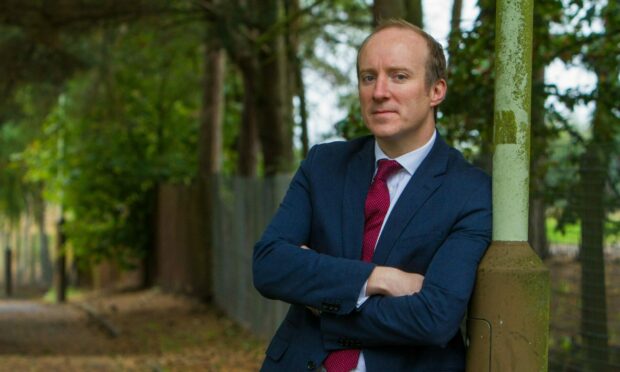
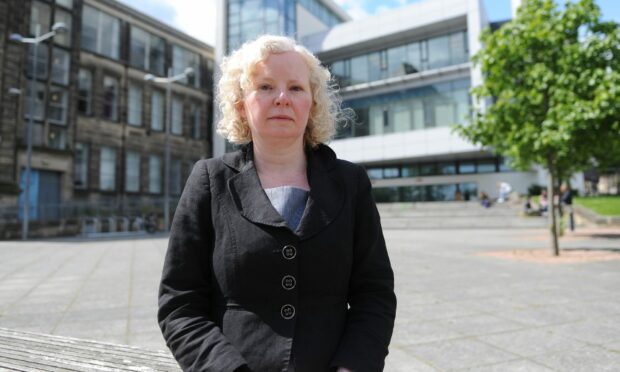
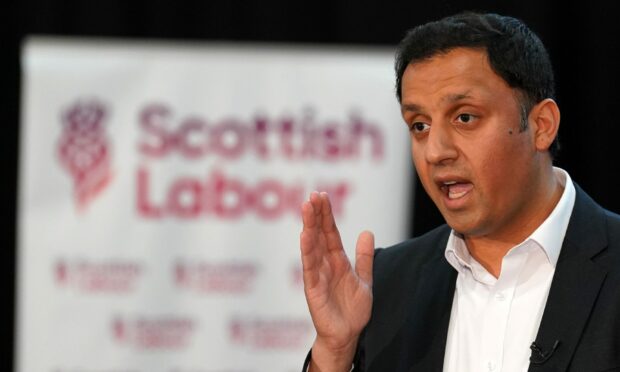
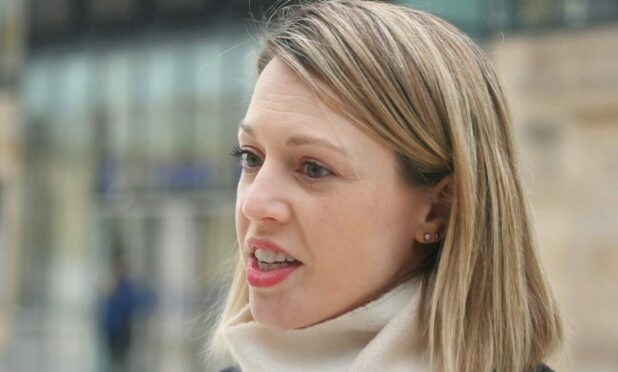
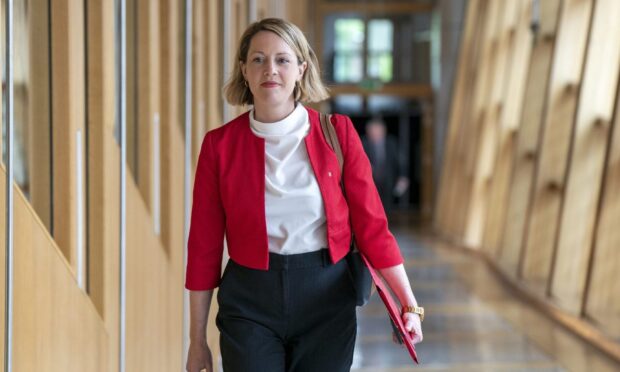

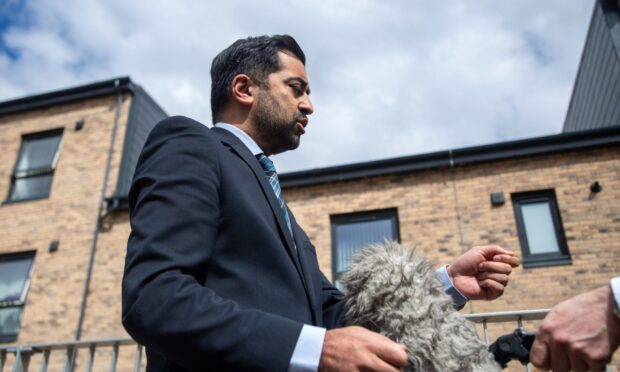
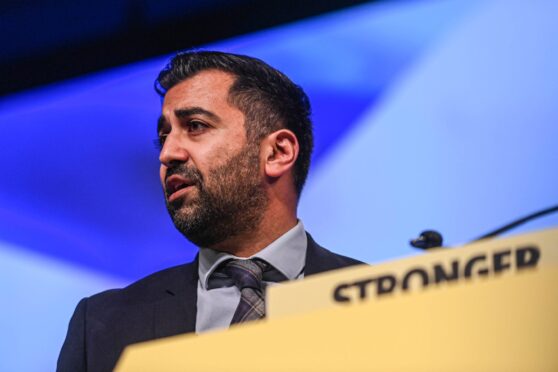





Conversation